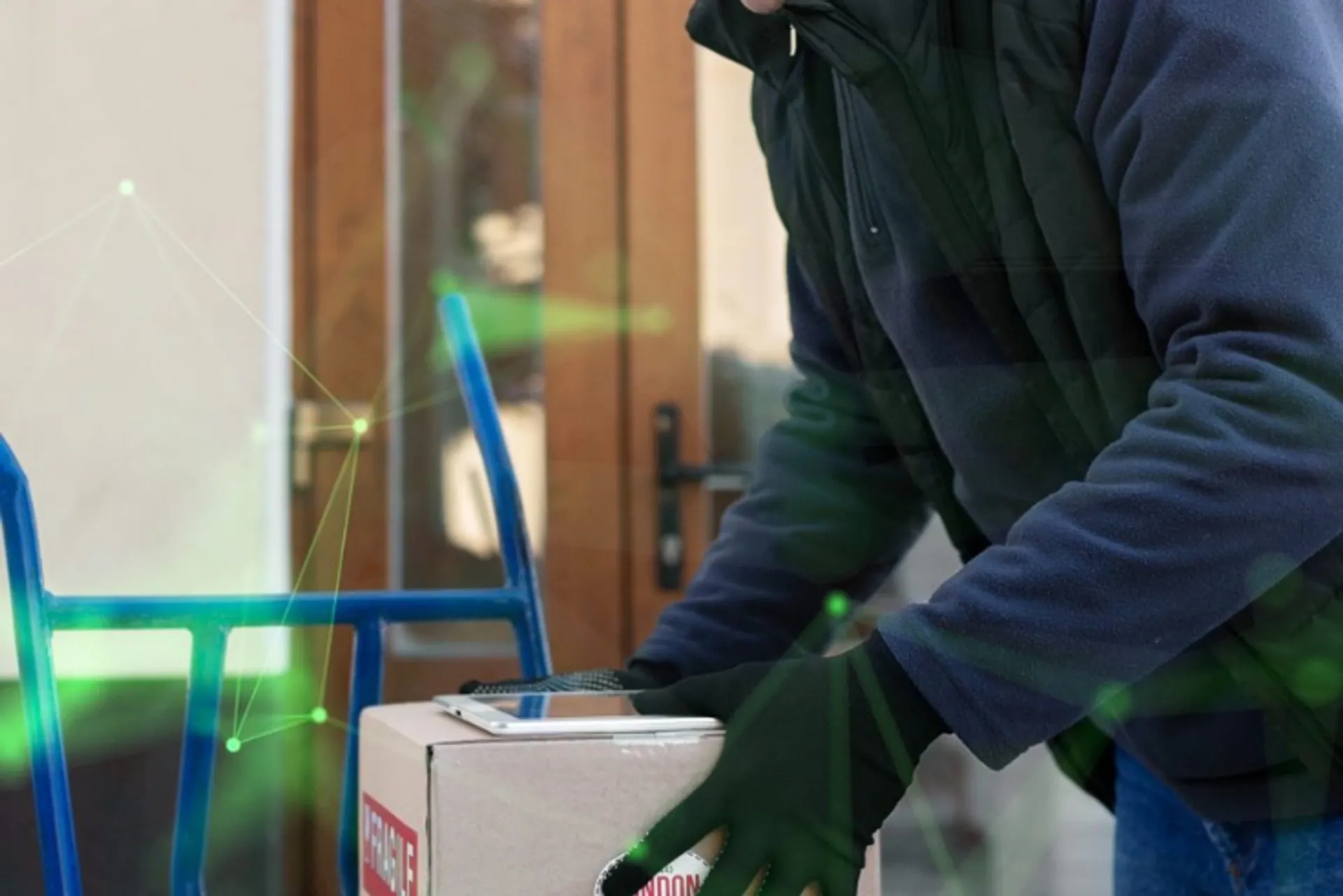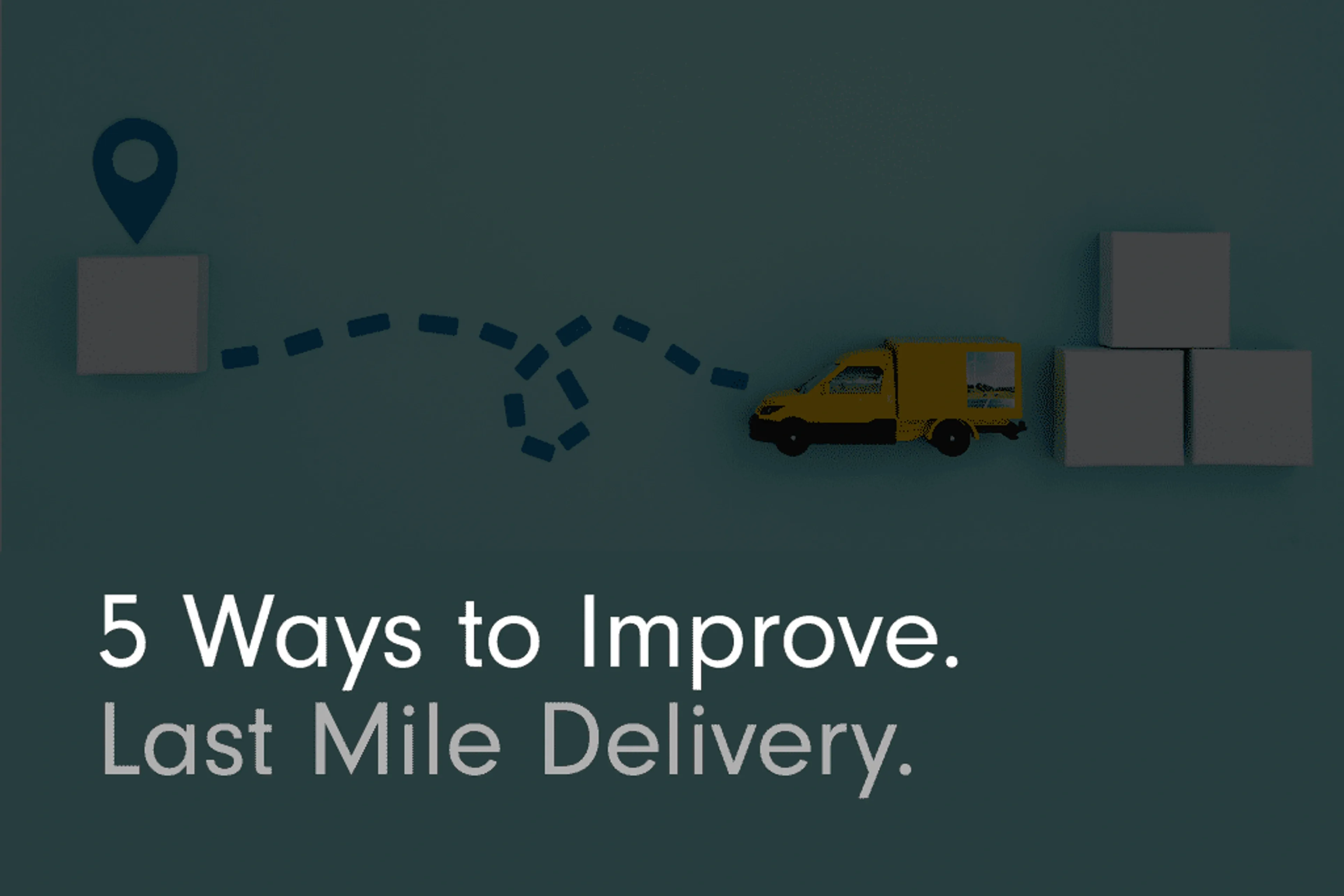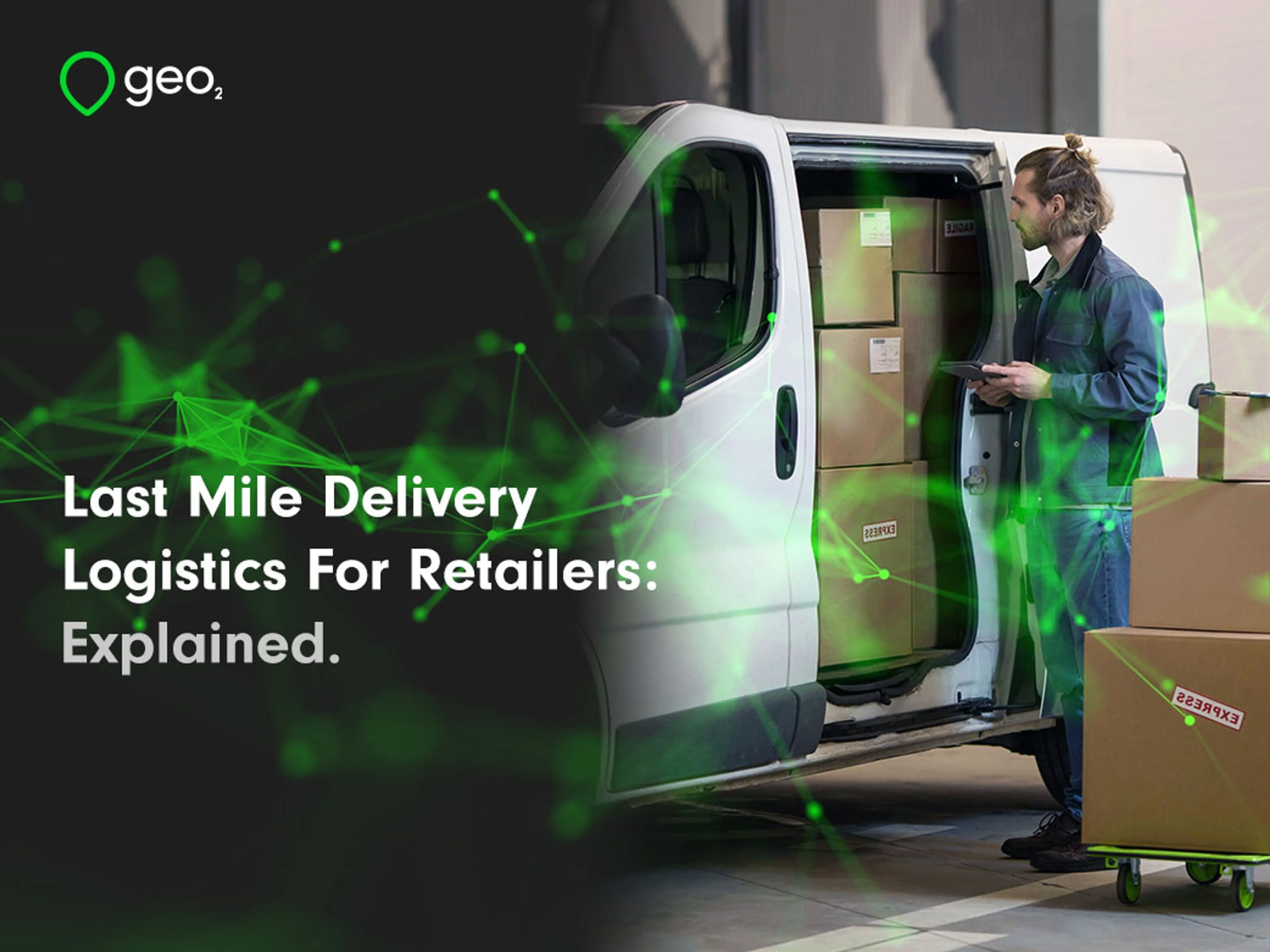What is Last Mile Delivery a.nd why is it important?
Last mile delivery is the final step in getting goods to customers, from a warehouse or hub to their doorstep. It may seem simple, but it's often the most expensive and time-consuming part of shipping. In fact, it makes up about 53% of delivery costs.
Why is last mile delivery so important? Because the last mile delivery process directly impacts customer satisfaction. On-time, efficient deliveries build trust and loyalty. Delays or poor handling can lead to unhappy customers and hurt a delivery company’s reputation.

The Challenges of Last Mile Delivery.
Managing last mile delivery comes with several hurdles that logistics professionals grapple with daily:
High Costs
The last mile is expensive and time-consuming due to factors like fuel prices, driver salaries, and vehicle upkeep. Problems in planning routes can further drive up costs.
Urbanized and Rural Challenges
Navigating urbanized areas with traffic congestion, limited parking, and narrow roads adds complexities. Meanwhile, rural areas pose challenges due to their dispersed locations, making deliveries less efficient and significantly more resource-intensive.
Customer Expectations
Modern customers demand accurate delivery times, real-time tracking, and excellent service. Any deviation from these expectations can result in dissatisfaction.
Missed Deliveries
Problems like missed customer availability or wrong tracking info can cause re-deliveries. This adds costs and delays schedules.
Understanding and addressing these challenges is crucial for success in last mile delivery.
The Importance of Last Mile Delivery Tracking.
Last mile delivery tracking is the key to tackling these challenges head-on. Why is tracking so important? Here are some reasons:
Real-time Visibility
Delivery tracking includes mile tracking and carrier tracking. It provides carriers, logistics managers, and customers with real-time updates. This ensures everyone is informed about the shipment’s location.
Builds Customer Trust
Customers value transparency. Receiving a tracking number or link that shows live delivery updates reduces uncertainty. It enhances their overall experience, especially as autonomous vehicles and advanced technologies become part of the process.
Facilitates Management
Tracking helps logistics managers identify delays or bottlenecks in delivery routes, optimizes delivery routes, and enables them to address problems proactively. With transportation hubs and fulfillment centers playing a critical role, efficient tracking improves oversight and management.
Ultimately, efficient last mile delivery tracking is the foundation of a smoother shipping process.

Benefits of Last Mile Delivery Tracking.
Integrating a robust tracking solution into your operations offers a range of benefits. Here’s how it can transform the final mile of delivery:
Improved Visibility
Advanced tracking solutions provide a clear overview of delivery processes. Managers can monitor vehicles in real time, track delivery progress, and anticipate any delays early on.
Better Customer Experience
Tracking tools empower customers to follow their packages’ journey to the final destination. With updates on delivery times and the ability to modify delivery preferences, the customer experience is dramatically improved.
More Efficient Operations
With route planning and tracking tools, you can find the best paths, cutting fuel costs and saving time. This makes deliveries faster and lowers costs.
Features of Effective Last Mile Delivery Tracking Solutions.
When choosing tracking solutions, look for features that improve efficiency and make operations easier. Key features include real-time tracking for live updates. Route optimization helps save time. GPS integration provides accurate location data.
Automatic alerts keep everyone updated about changes or delays. Data analytics and proof of delivery provide insights and clear records to help with decision-making and prevent disputes. These tools are essential for businesses that want to perform at their best.
Choosing the Right Last Mile Delivery Tracking Solution.
Not all tracking tools are the same. Logistics professionals need to know what to look for when choosing the right one. Room to grow is important. Can the tool grow with your business as deliveries increase?
Ease of use matters as well. A simple, easy-to-use interface makes it easier for your team to use the tool effectively. Adjustable options are also a must. The tool should fit different delivery needs, whether for city or rural logistics.
Finally, ongoing support and training from the provider can help your team get the most out of the tool. The right tracking tool can bring quick results and long-term success.

Implementing Last Mile Delivery Tracking.
Once you’ve selected the right tracking solution, implementing it effectively ensures smoother operations. Follow these tips for a successful roll-out:
- Train Your Team: Ensure all team members—from drivers to managers—know how to use the tracking system.
- Start Small: Test the tracking solution with a portion of your operations before rolling it out company-wide.
- Analyze Data Regularly: Use tracking data to monitor performance, identify setbacks, and improve systems over time.
- Engage Customers: Inform customers about new tracking features to enhance their experience and reinforce trust in your operations.
By following these steps, your organization can maximize the benefits of last mile delivery tracking.
Conclusion.
Efficiency, customer trust, and saving money depend on smart last mile delivery. By solving problems and using good tracking tools, shipping can be improved. This helps build customer loyalty during one of the most important steps.
Don’t wait to revolutionize your delivery operations. Explore top-tier tracking solutions and start meeting your goals head-on. The final mile does not need to be the most challenging.
FREQUENTLY ASKED QUESTIONS
One major challenge is managing costs, which can account for over half of the total costs in the shipping process. Urbanized and rural areas, as well as growing customer expectations, add to the complexity.
Related posts

Everything you need to know about Last Mile Delivery.
In e-commerce and logistics, "last mile delivery" is a crucial term. It refers to the final step in the delivery process, where goods are transported from a distribution center to the end consumer. This step, while seemingly simple, is often the most complex and expensive part of the logistics chain. For e-commerce businesses, local delivery services, and transport planners, understanding and improving last mile delivery can boost efficiency, customer satisfaction, and profitability.

5 Ways to Improve Last Mile Delivery
To remain competitive as a distributor or delivery company, you must balance two competing aspects. You need to provide excellent customer service, delivering orders accurately, quickly, and at low-cost – or better still, free. And at the same time, you must control your distribution costs to reduce delivery times and to minimise your expenditure on fuel and labour. Success here largely depends on efficient last mile delivery. Getting it right rewards you with high levels of customer satisfaction. This drives repeat custom and prevents your customers from shopping elsewhere. How can you optimise your delivery processes so that you minimise costs and increase customer service provision? Here are five ways you can improve your last mile delivery.

Last Mile Delivery Logistics for Retailers Explained
Last mile delivery is the final step in getting products from the warehouse to the customer's door. It is one of the most important parts of the supply chain because it directly impacts the customer's perspective of the brand and service. This can in turn make or break a business. For retailers and online stores looking to beat the competition and really impress their customers, understanding and mastering the ins and outs of last mile delivery is key. With an increasing number of customers expecting quick, seamless delivery, getting this part right is what sets top players apart in the industry.
